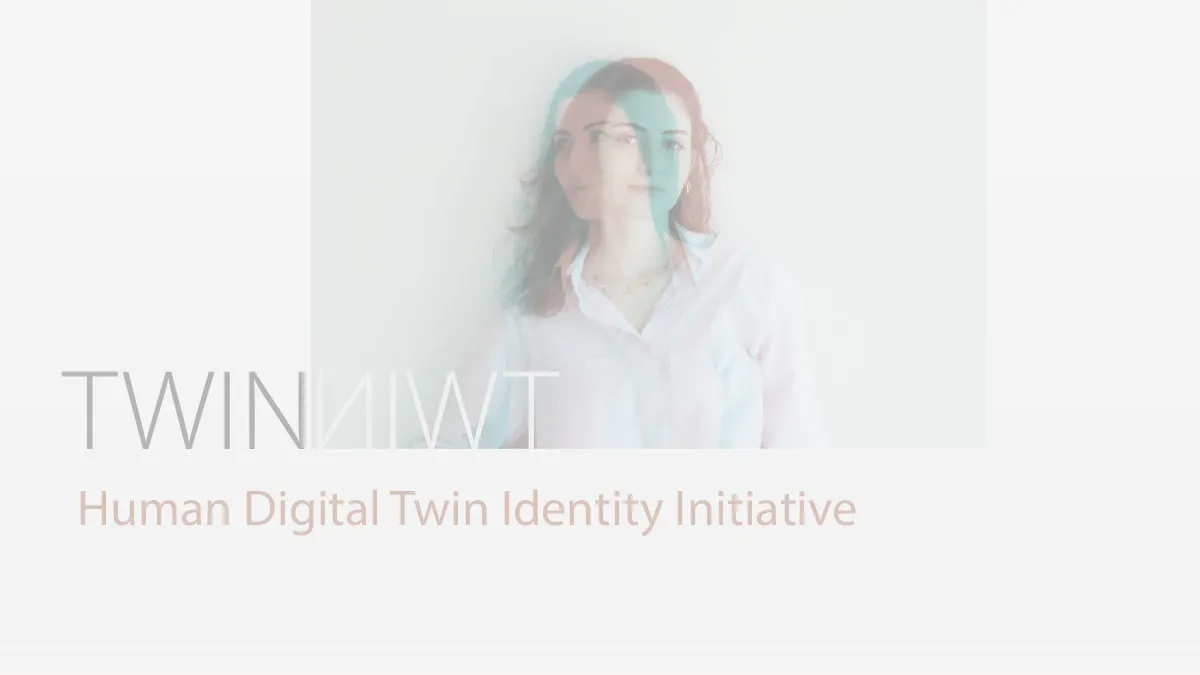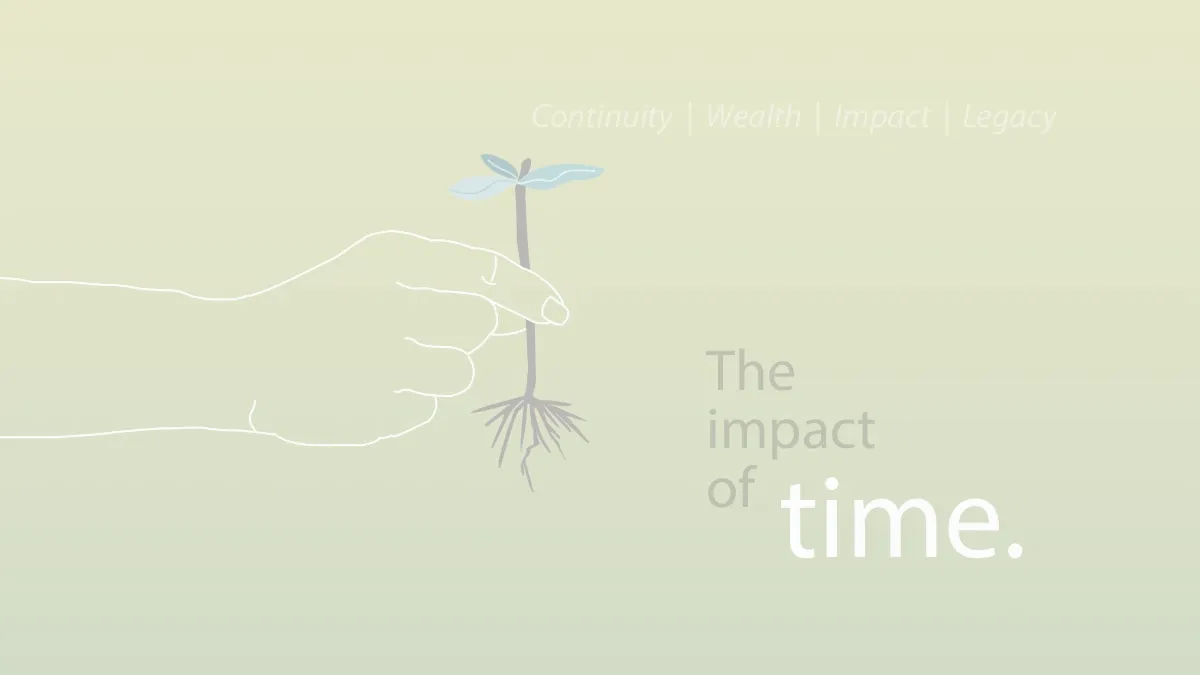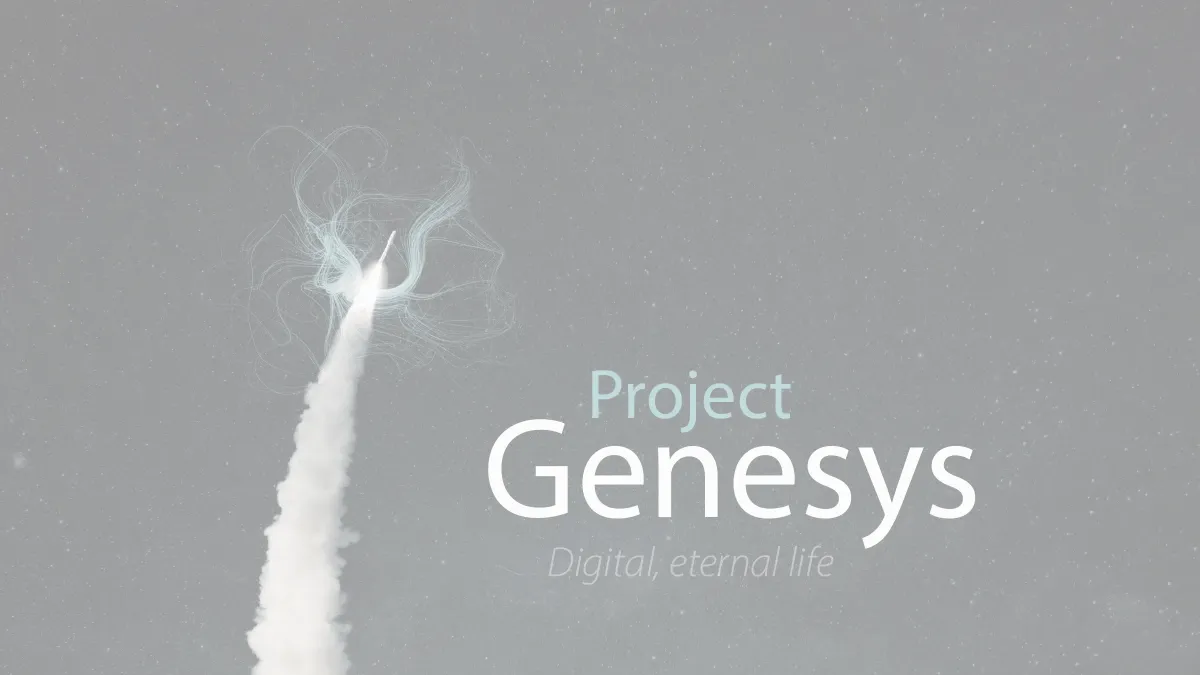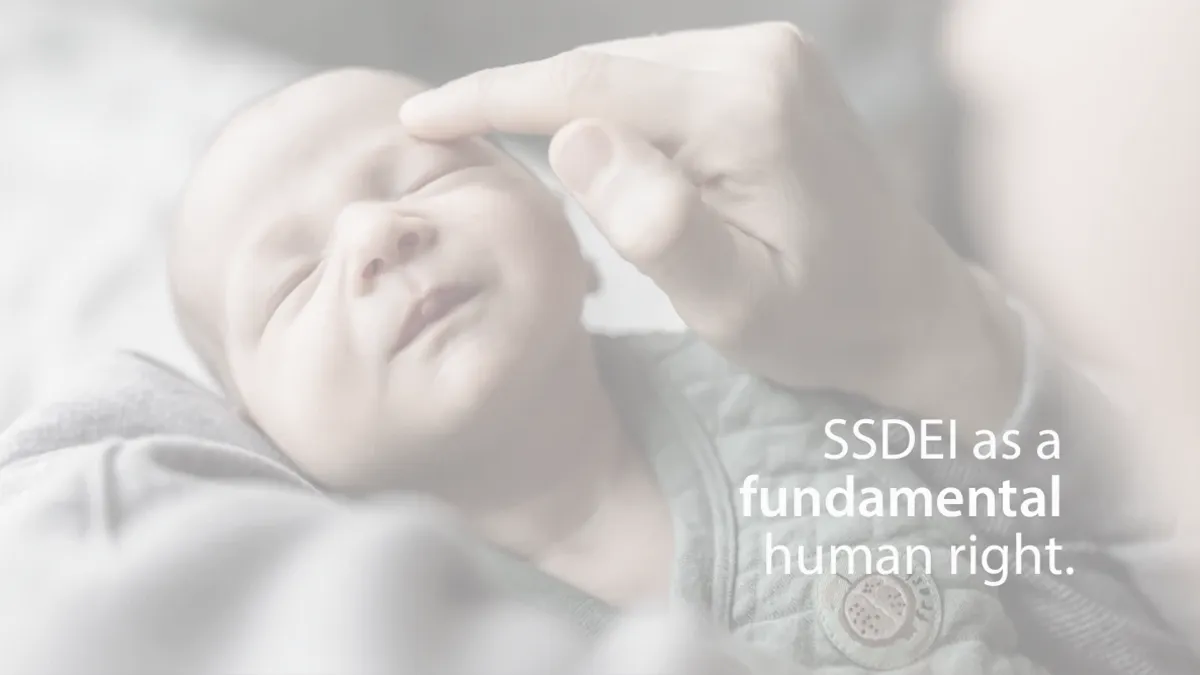Ownership and Control
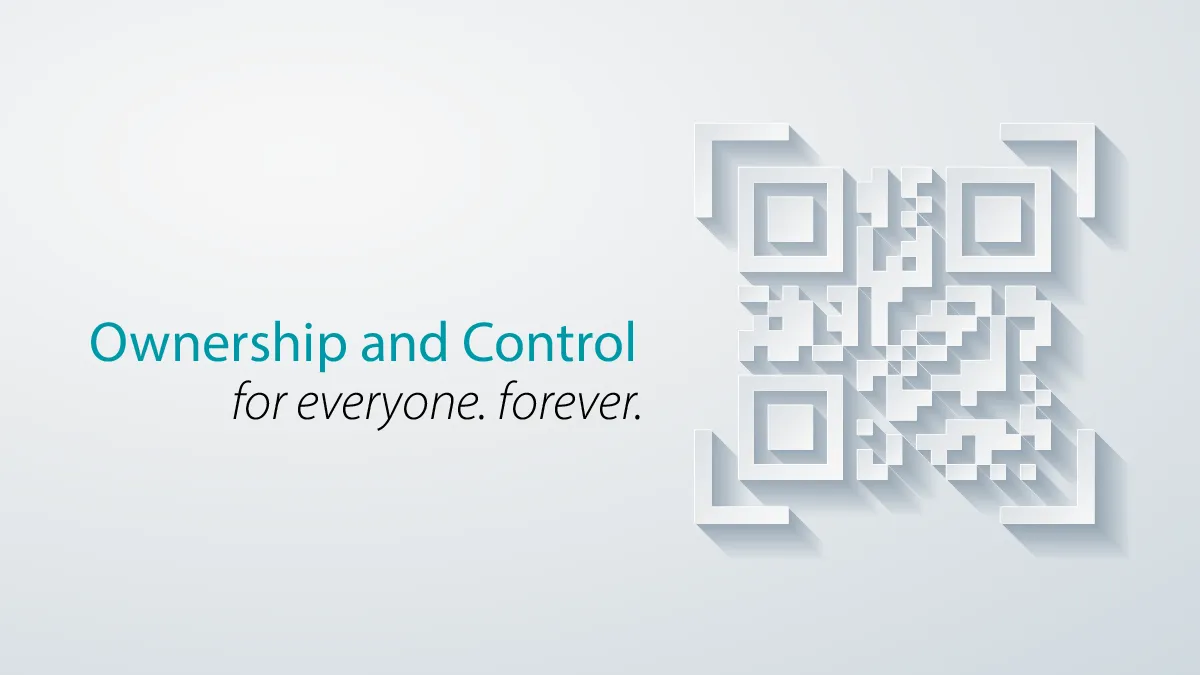
The Fading of Ownership & Control in Traditional Systems
Ownership and control are often presented as fundamental rights, but in reality, they fade over time in every traditional system. What starts as self-owned—an identity, a decision, an asset—slowly becomes fragmented, diluted, and ultimately distanced from the individual.
At first, it is subtle. A birth certificate filed. A login credential required. A personal moment captured in an algorithm’s dataset. Then, as records are aggregated, identity is no longer personal—it is an asset of the system.
This is how all traditional systems function. What belongs to the individual does not stay theirs.
Over time, these systems take more than they return.
- A birth certificate begins as a personal event. It becomes a government record.
- A decision begins as an individual choice. It becomes institutional policy.
- An original thought begins as self-expression. It becomes aggregated data, stored, analyzed, and monetized by platforms.
The further identity moves from its source, the weaker ownership becomes.
- A person owns their thoughts—until they are written down.
- A person controls their wealth—until they die.
- A person defines their identity—until it is interpreted by someone else.
This is how identity fades. Not in an instant, but in layers. Not in destruction, but in dilution.
SSDEI: The First True Model of Perpetual Ownership & Control
With SSDEI, ownership and control do not expire, transfer, or fall subject to external authority. They become permanent, sovereign, and self-sustaining.
The world has always accepted that what is owned will one day be lost.
SSDEI proves that this is no longer true.
Ownership under SSDEI means
- Identity is never assigned, controlled, or revoked by an external entity.
- Personal wealth and assets remain directed by the individual beyond mortality.
- Digital existence does not depend on a corporation or state for validation.
Control under SSDEI means
- Decisions continue to be executed based on an individual’s evolving intelligence.
- Influence is not passed down or diluted but remains active and autonomous.
- Self-sovereignty is not conditional—it is permanent, unrestricted, and absolute.
Unlike all other identity systems, SSDEI does not fade.
- No central authority can absorb it.
- No external system can override it.
- No passing of time weakens it.
The First of Its Kind: Building the Prototype of a True Digital Twin
We are currently creating our first digital person, not as a one-time construct but as a profound scientific experiment in digital identity evolution.
This effort allows us to:
- Test new models of experiential input and identity capture
- Refine how digital twins learn, adapt, and evolve over time
- Push the boundaries of autonomy, control, and ethics in digital selfhood
This is uncharted territory—a new way of approaching identity that has never been fully realized.
What does a true digital twin look like? How should it learn? Where should it be trusted to act? These are the questions we are answering—by building, testing, and evolving the future of self-sovereign digital eternal identity.

